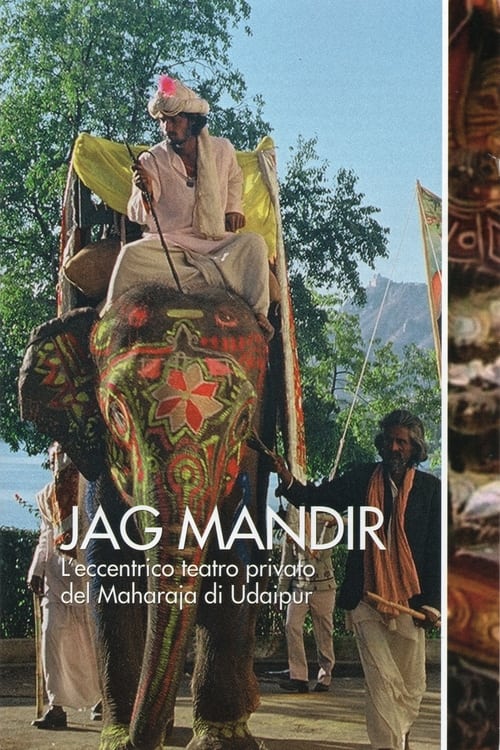Steel 'n' Skin (1979)
Peter Blackman, founder of Steel 'n' Skin, talks about this pan-African group, which takes African culture to British schools. The film follows the group during a ten day workshop in Liverpool.
Directors
Release Date
Jan 01, 1979
Runtime
00h 36m
Genre
Available in streaming on
Peter Blackman, founder of Steel 'n' Skin, talks about this pan-African group, which takes African culture to British schools. The film follows the group during a ten day workshop in Liverpool.
Movies like Steel 'n' Skin
6.8

5.0
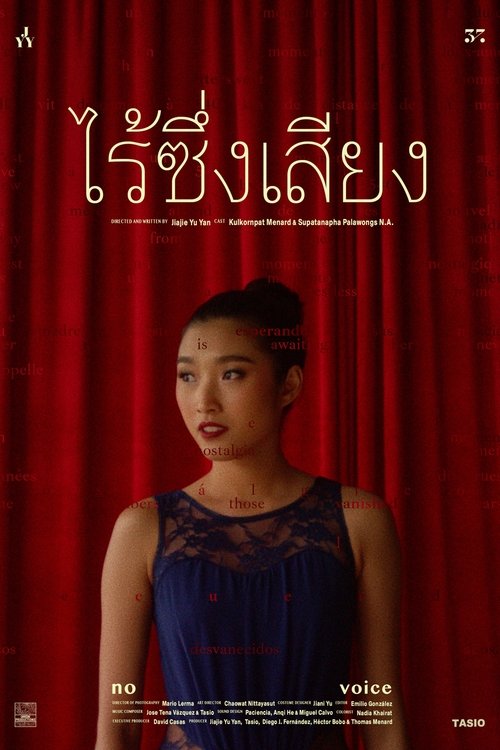
7.3
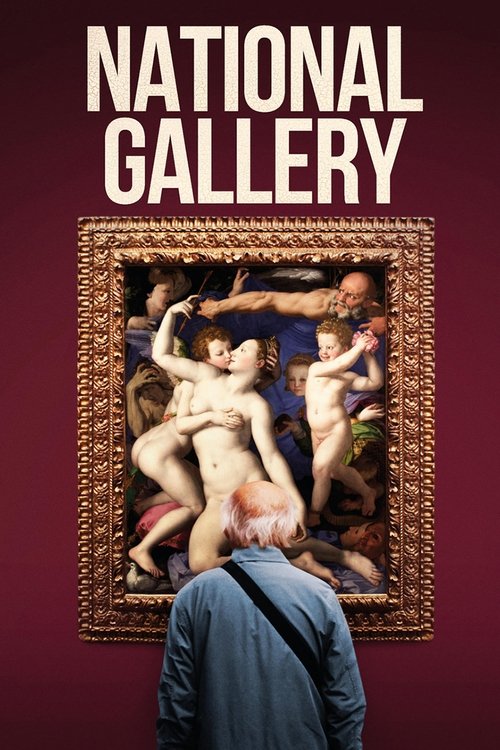
7.0
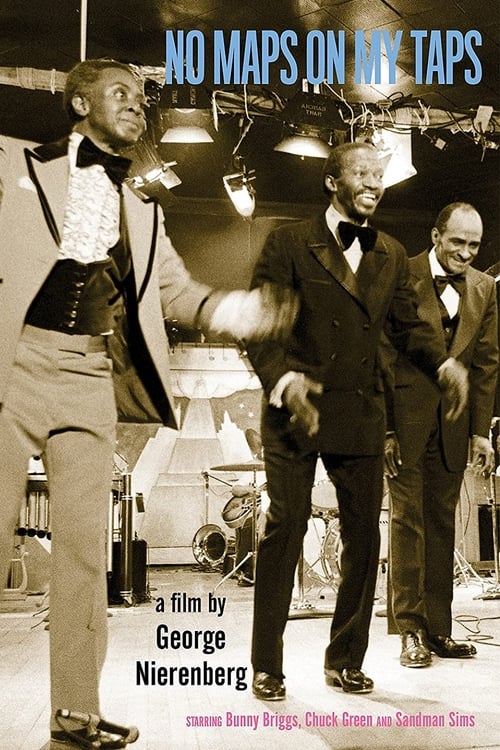
6.2

7.7
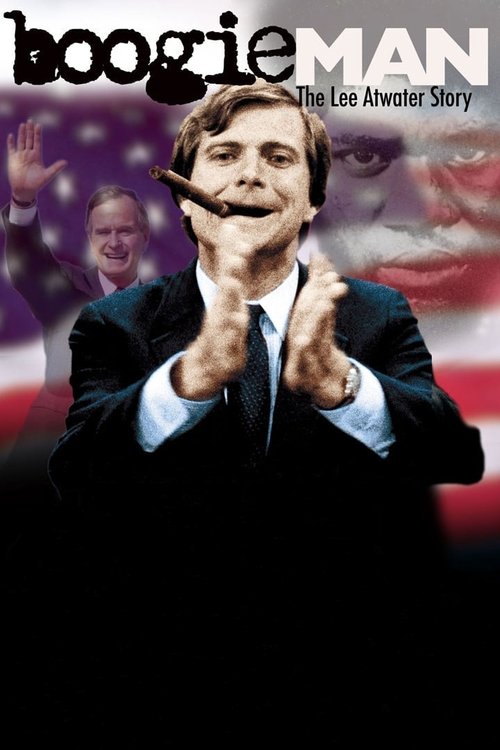
5.2

5.8
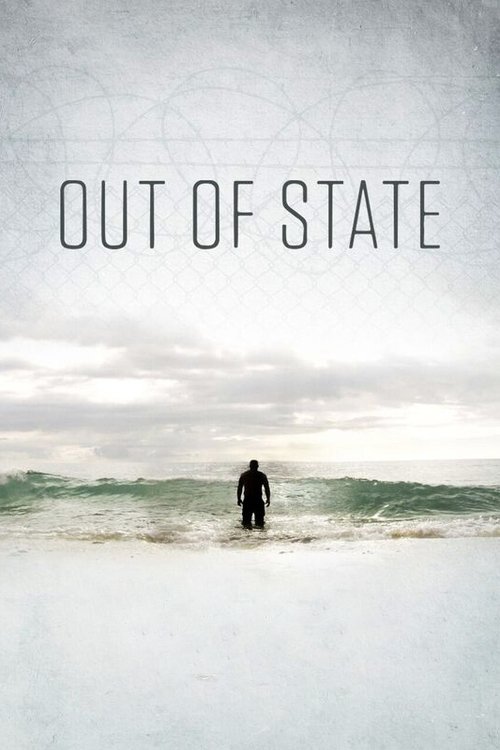
7.0
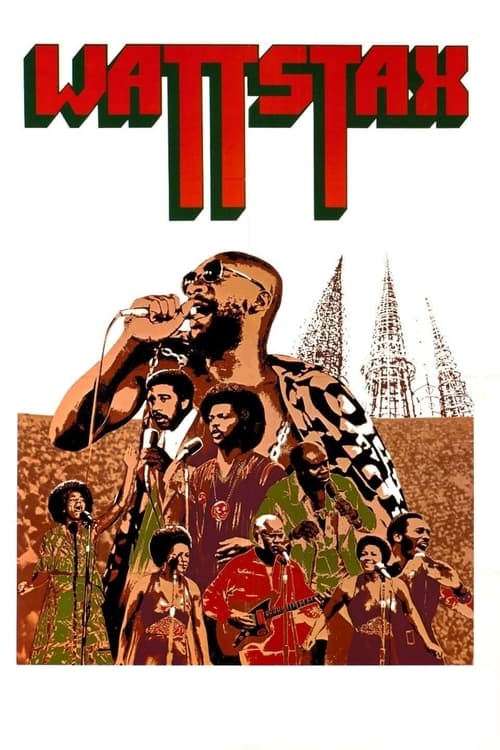
6.6
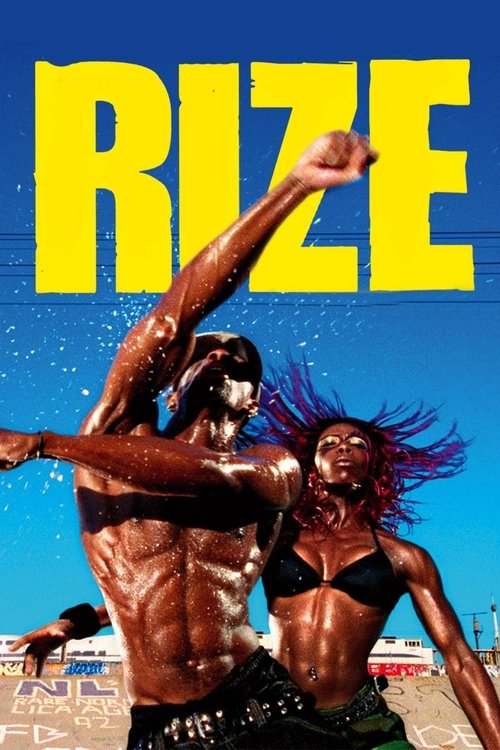
7.8

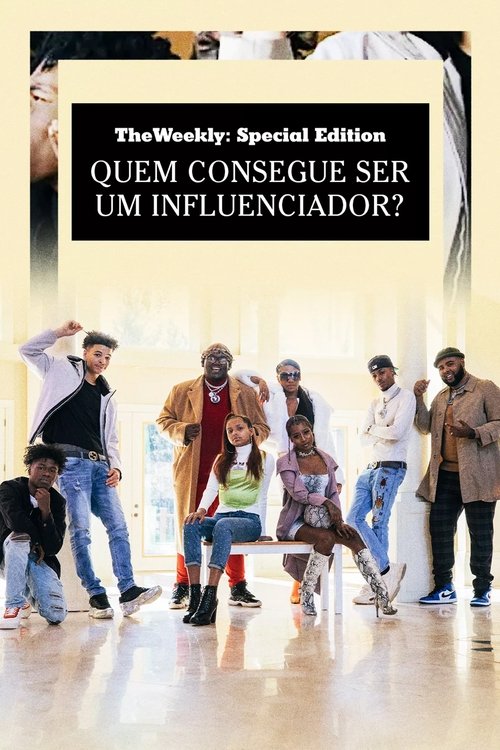
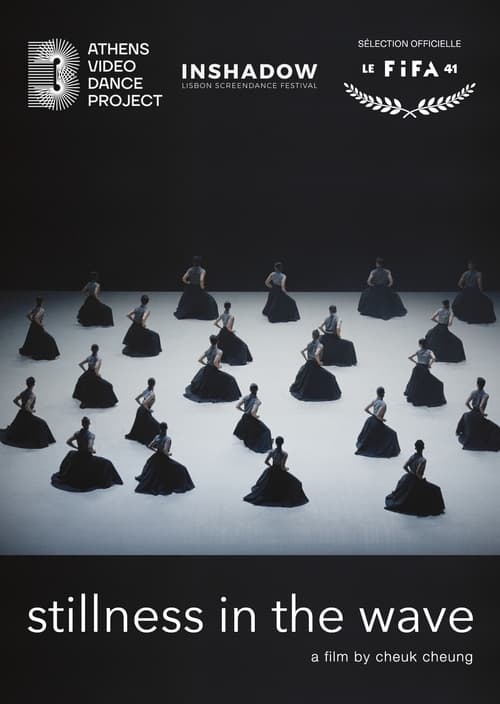
5.0
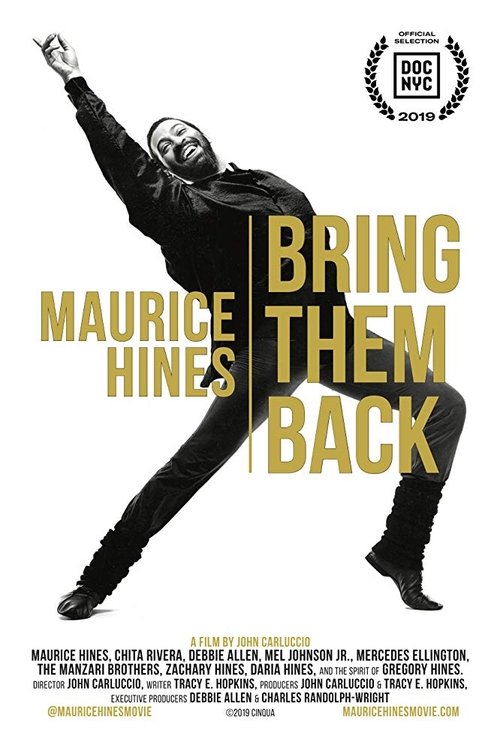
4.0
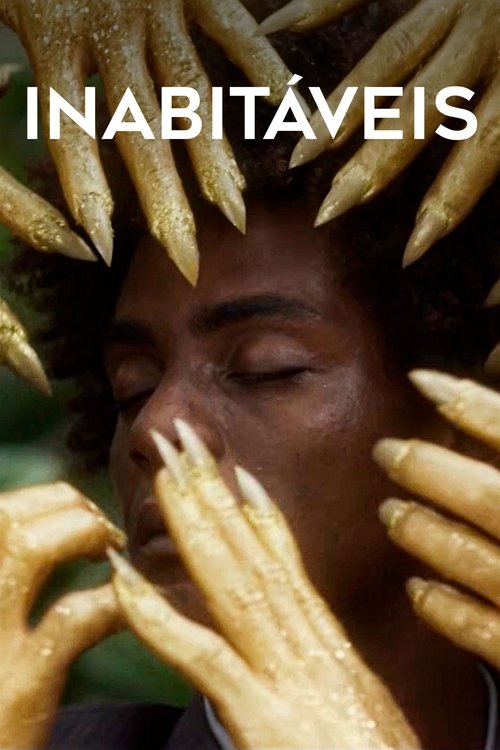
6.8

1.0
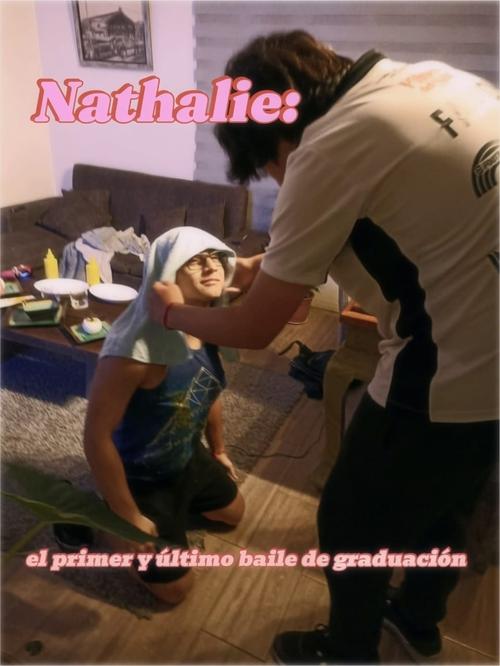
6.1


8.0

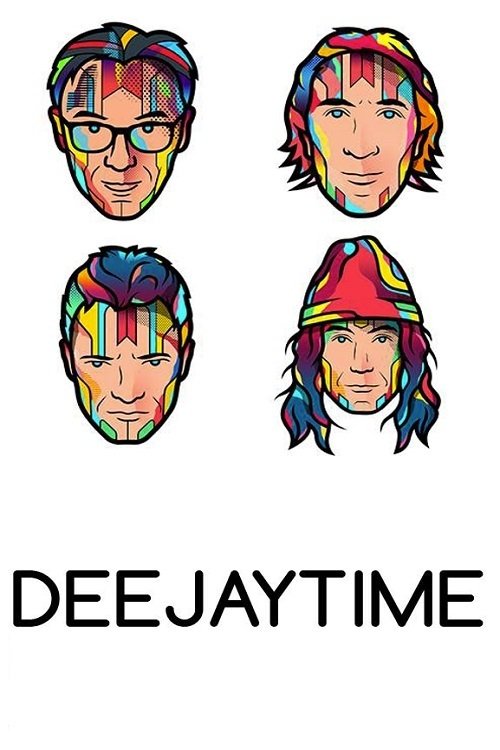
6.6
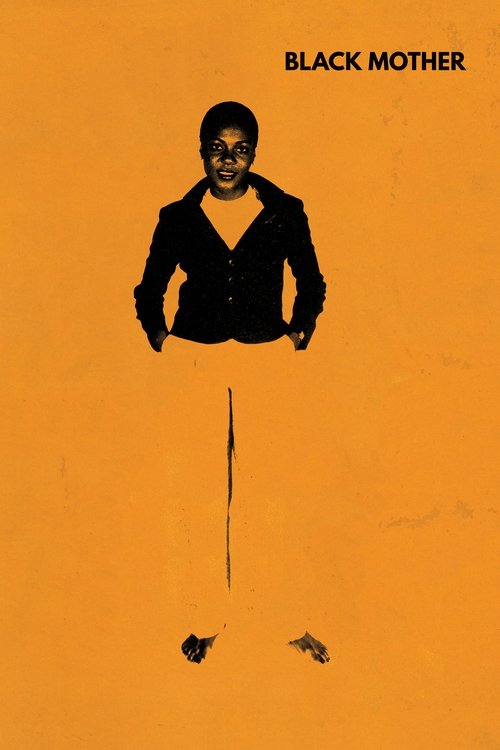

5.6

7.2

7.0
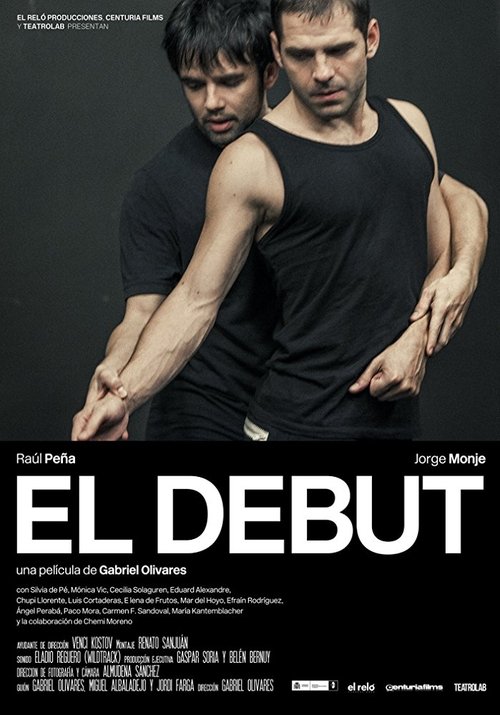
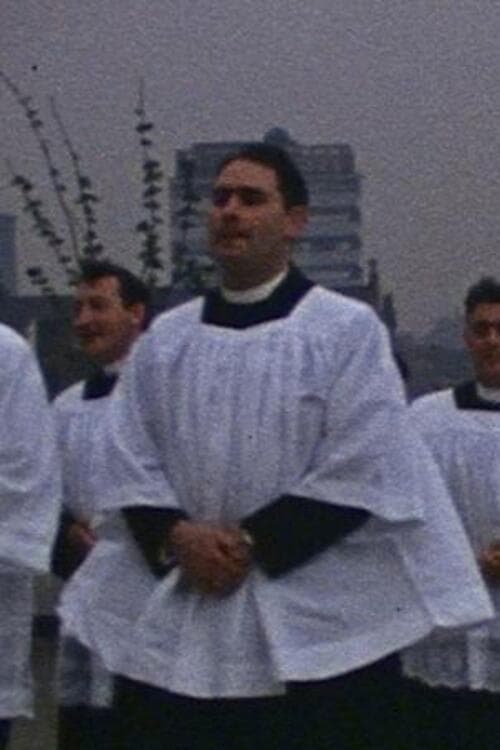
5.8
